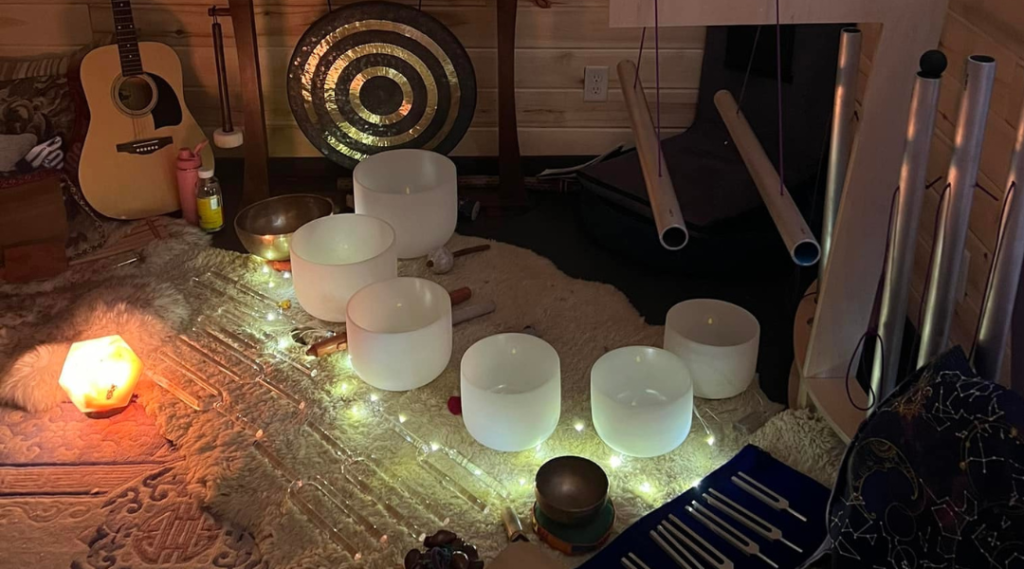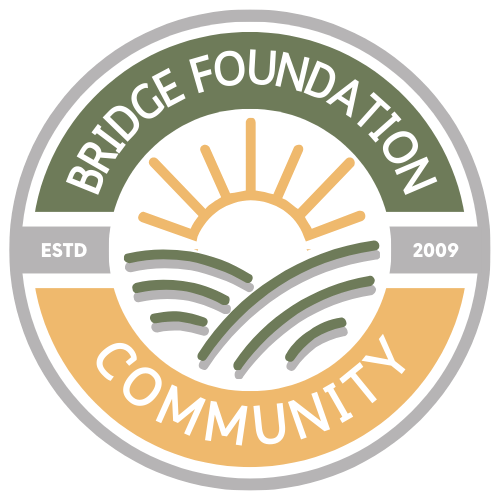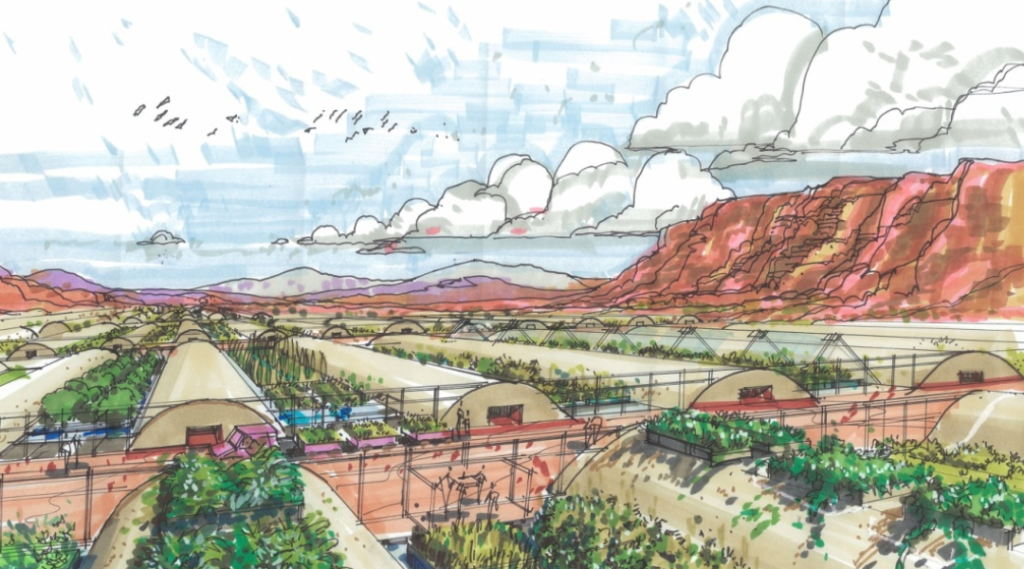Future
Projects
Ongoing
Pachakuti

In a terraculture system, earth-building techniques such as adobe, cob, straw bale, and rammed earth construction are utilized to create sustainable and energy-efficient homes. These homes are designed to blend in with the natural landscape and use local materials, reducing the need for expensive imported materials.
Additionally, sustainable community energy sources such as solar panels, wind turbines, and biomass energy are integrated into the system to provide renewable energy for the community. This not only reduces the carbon footprint of the community but also decreases the reliance on fossil fuels and centralized energy sources.
The year-round production of agriculture within the terraculture system ensures that each household has access to fresh, organic produce throughout the year. By growing their own food, residents are able to reduce their reliance on grocery stores and industrial agriculture, further decreasing their carbon footprint.
Overall, terraculture is a holistic approach to sustainable living that focuses on creating self-sufficient, resilient communities that are in harmony with the natural environment. By incorporating earth-building techniques, renewable energy sources, and sustainable agriculture practices, terraculture creates a model for sustainable living that is both environmentally friendly and economically viable.

